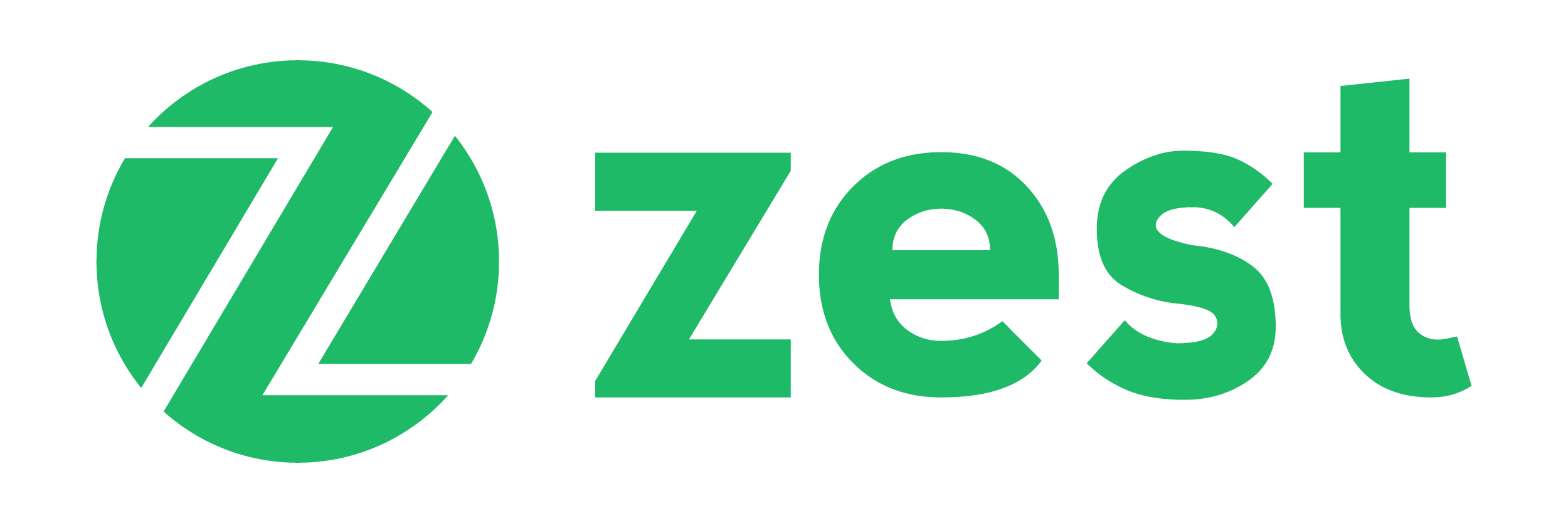
In our previous articles, we specifically discussed the importance of healthcare as well as the need to safeguard our financial interests during emergencies. One of the striking features of developed countries is the laws mandating health insurance. Such governments actively take part in trying to get all of its citizens insured and raise general awareness about the importance of having coverage.
As the impact of COVID-19 started gripping the nation, the IRDAI (Insurance Regulatory and Development Authority of India) rolled out the first standard health care policy to be offered by general and standalone insurers, Arogya Sanjeevni, on April 1st, 2020. It was marketed as an all-in-one health plan that will look after the financial aspects of a medical emergency by the government. This decision was welcomed by general consensus as well as deemed integral for the inclusion of the lower middle class in the insured bracket.
So why are we talking about it right now?
The country’s coronavirus tally now stands at 8.78 lakhs, with a record 28,701 patients confirmed just today. It’s the fourth day in a row where the number of confirmed patients has been over 26,000 and this number is increasing, no doubt as a result of increased contact and interaction after the nationwide lockdown ended on June 1st.
As a result, many local and state governments are re-inforcing lockdown to prevent the spread of coronavirus further. It is safe to assume that, like many other countries across the world, much of the coming months will involve short lockdown periods followed by subsequent unlock processes. It goes without saying that this is a much-needed measure, the enforcement of which determines our success at containing COVID.
The spread of this pandemic only makes it that much more important for us to ensure that we secure our health as well as our future physical and financial wellbeing. As we’ve been trying to stress through our past few posts, a big part of it is health insurance so it’s a good time to explore options. One of the greatest deterrents in terms of buying insurance is cost as well level of coverage, which is one of the reasons why the IRDAI ordered the offering of Arogya Sanjeevini as an affordable and comprehensive option.
The guidelines declared made it compulsory for all general and standalone insurers to offer the product, with a minimum age bar of 18 years with a cover ranging from Rs. 1 Lakh to Rs. 5 Lakh. As the terms and conditions of the policy remain the same for all insurers, the buyer has the liberty of buying the product with the same features from any insurer. The only differentiating factors between the insurance companies would be the premium amount that is payable as well as the customer service provided.
The policy covers 22 diseases with a variable waiting period of 24 to 48 months and providing major coverages like pre and post hospitalization, doctor’s fee, ambulance charges, etc. The policy provides individual plans as well as Family Floater Plans. The price of Individual policies starts at approximately Rs. 3000 while Family Floaters start at approximately Rs. 15000. There would be a 5% increase in the sum insured for each claim-free year, subject to a maximum of 50% of the sum assured, provided the policy is renewed without a break.
Should you consider purchasing the Arogya Sanjeevini policy?
This policy was introduced to address the low penetration of insurance products in the general population. The policy is deemed to be a strong option for lower to middle-class income households, as well as first time insurance buyers due to the wide array of costs covered as well as the affordable premium structure. The insurance policy also provides tax benefits under sec 80D but, depending on the insurer, the buyer may be awarded a No-Claim Bonus to incentivize medium or low-income households to purchase the insurance.
There are a few downsides, though. Given the maximum cover of Rs 5 Lakhs and the rising cost of healthcare in metropolitan cities, the sum insured might fall short in covering all medical expenses and prove to be inadequate to support the insured financially in the long run. This is even more true for the family floater plans. This policy also doesn’t have a fully loaded plan, which means that 5% of the medical bill amounts covered would be Co-Pay. This means the policy has a clause where you, as the insured, agree to pay a percentage of the cost out of your own pocket while the insurance company covers the rest. 5% is definitely on the lower side of the spectrum, but can be a considerable amount for low-income individuals and families.
Arogya Sanjeevini is a great option if you need wide coverage at a low cost, however, if you can afford a policy that is more comprehensive with a higher cover, it would probably serve you much better over the long term. If you’re confused about what to consider when purchasing insurance, you can take a look at how to choose a health insurance plan.
The important thing to remember is that health insurance is a must right now. We should lower the risk that we take on in such unpredictable times and health insurance can secure you against many immeasurable factors, both now and in the future.
If you would like to purchase the Arogya Sanjeevini policy, you can see a list of the insurance providers who are offering it on the IRDAI’s website here.



